Getting Into The NFT Game
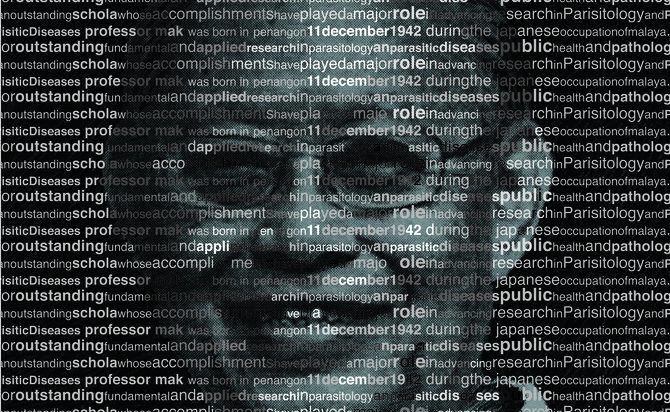
Stay updated with the latest intriguing stories for high achievers by following our Telegram channel here.
Unless you have been living under a rock, you have probably heard of NFTs. But what are NFTs really? And why is it important for us to know?
NFT stands for Non-Fungible Tokens. You might be wondering, what that means. Let’s start with the F, which stands for ‘fungible which means:
Goods contracted for without an individual specimen being specified replaceable by another identical item; mutually interchangeable.
It means any product that is interchangeable. For example, your iPhone 11 and your friends iPhone 11 are interchangeable or replaceable since there are millions of it. Non-fungible on the other hand means it is not interchangeable.
For example, a non-fungible item can be as basic as the family drawing you made as a kid or even the Mona Lisa. You cannot simply replace these two items as they are unique. You can try to make copies of them but they can never be the original.
NFTs are digital certificates of authenticity for ownership of the original work. Each NFT is unique and cannot be duplicated, making them rare by design.
If it is one thing we know as humans and the value of things is that the more scarce the item, the more valuable it is.
Moving on to the next letter, T that stands for ‘token’, and to explain it we must first understand the blockchain.

Blockchain
Imagine you want to transfer money to a friend for a t-shirt that you purchased from him. You transfer the money through Maybank2U to your friend that has a CIMB account. The transaction is now recorded by both the banks and you both now have an updated bank account balance and that information is now recorded privately between you, your friend and the banks.
However, in the blockchain, the significant difference is that the information of every single person’s transaction is recorded publicly by computers all around the world. The amount of tokens you spent buying that t-shirt and the balance of your tokens is public for the world to see.
An example closer to home would be the Malaysian businessman, Sina Estavi, CEO of Bridge Oracle, that bought the first-ever tweet.
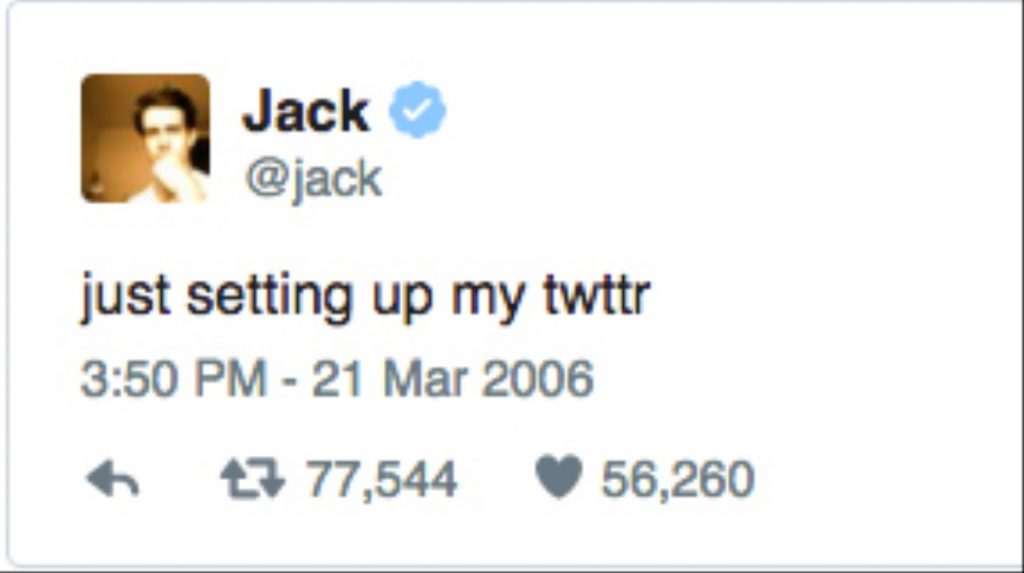
Twitter founder, Jack Dorsey sold the first-ever tweet on the app for a whopping 2.9 million US dollars and was auctioned off for charity. Mr. Dorsey stated that he will convert the money into bitcoin and then donate the money to the Give Directly’s Africa Response fund.
Environmental concerns
As this type of niche economy is booming, many are concerned about its effect on the environment. Since the biggest players, Bitcoin and Ethereum consume massive amounts of electricity for mining operations to keep the blockchains running. In a report by Fortune.com, Bitcoin and Ethereum alone consume more energy than the entire country of Thailand. One Bitcoin or Ethereum transaction consumes over one thousand kilowatt-hours of electricity that could power a typical American household for 6 weeks.
Why does Bitcoin or Ethereum use massive amounts of energy anyway? To put an asset to the blockchain, miners must compete to solve a cryptographic puzzle, their computers rapidly generating numbers.

The man above is Joanie Lemercier, a French artist known for his futuristic light sculptures. He sold six tokenised videos. He is also a climate activist and after finding out about the climate repercussions, he turned to Memo Akten, a computational engineer that carried out calculations specific to NFTs and helped Lemercier calculate the energy cost of his NFTs.
“It turns out my release of six crypto-artworks consumed in 10 seconds more electricity than the entire studio over the past two years”
– Joanie Lemercier
Not to worry though, as efforts are to be put in place to tackle this issue. In November 2021, world leaders discussed global efforts to reduce carbon emissions at the COP26 summit. A Canadian company called CurrencyWorks, is doing its part by turning oil waste into environmentally-friendly energy that powers crypto mining.
At the plant, municipalities pay a fee to dispose of their waste that then undergoes pyrolysis, decomposing it at high temperatures under pressure that can generate enough electricity for up to 200 mining machines.
How it affects the art industry
When humans have their needs met, warmth, food, clothes, shelter and so on, we start to put value on things that do not have inherent value. That is what the art industry is based upon, a group of people big enough with enough influence and power to say that this mash-up of paint on a canvas has value. But now we have the technology to finally make it non-physical from the comfort of our own homes.
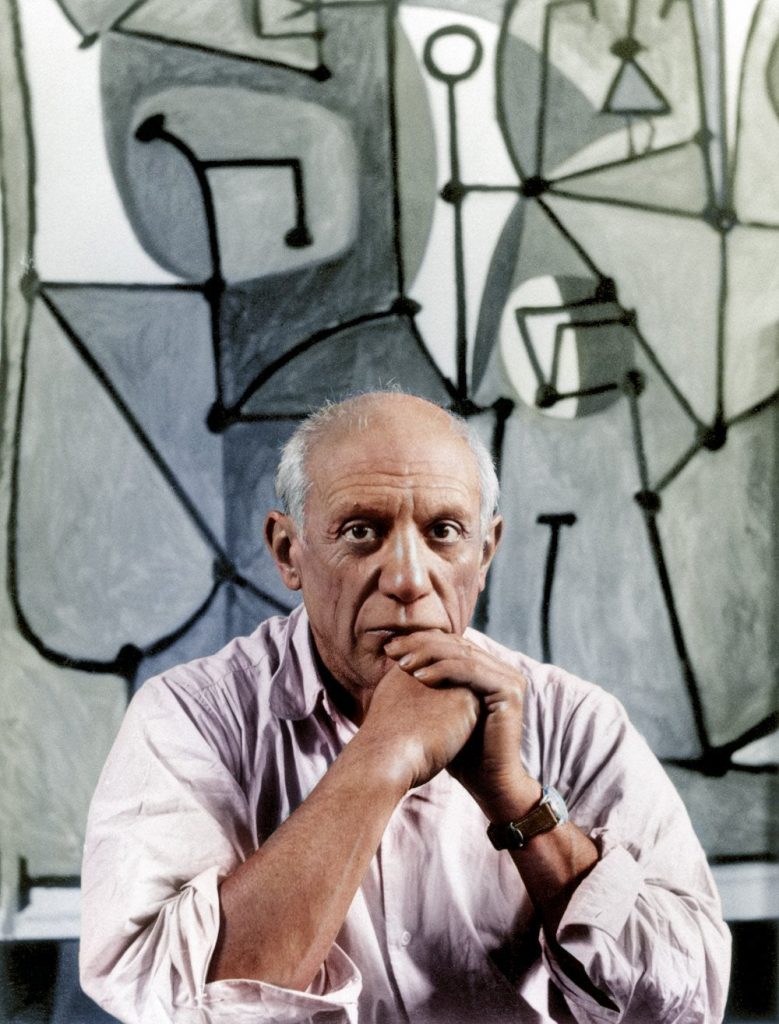
The big contribution of NFTs to the art industry is that it motivates and financially supports artists. To buy an NFT, you have to have a cryptocurrency wallet and a platform for those NFTs to be sold on.
In Malaysia, we have www.Tribuana.io, a platform for artists to sell their NFTs. Founded by Dr. Ahmad Helmi Azhar, a Doctor of Philosophy in communications technology from the University of Oxford. But instead of one person paying half a million dollars on a cat GIF, customers can buy a fraction of real art for a few dollars.


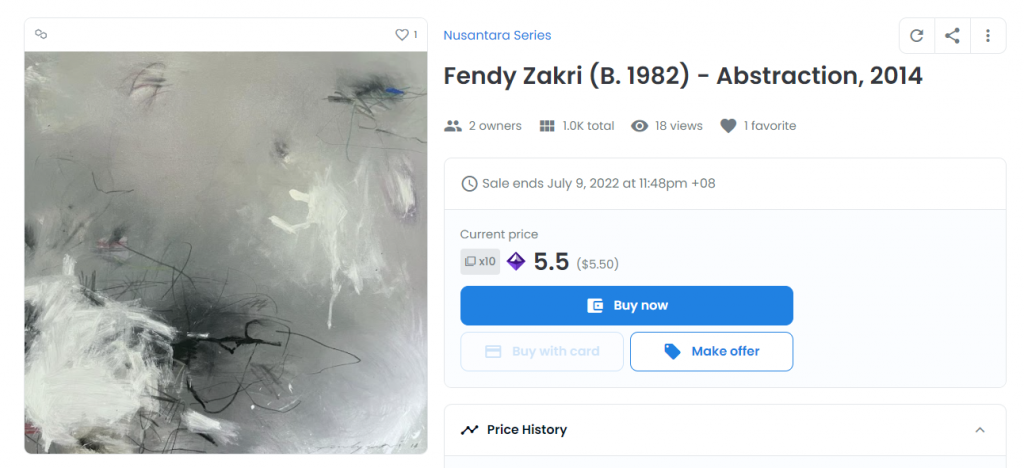
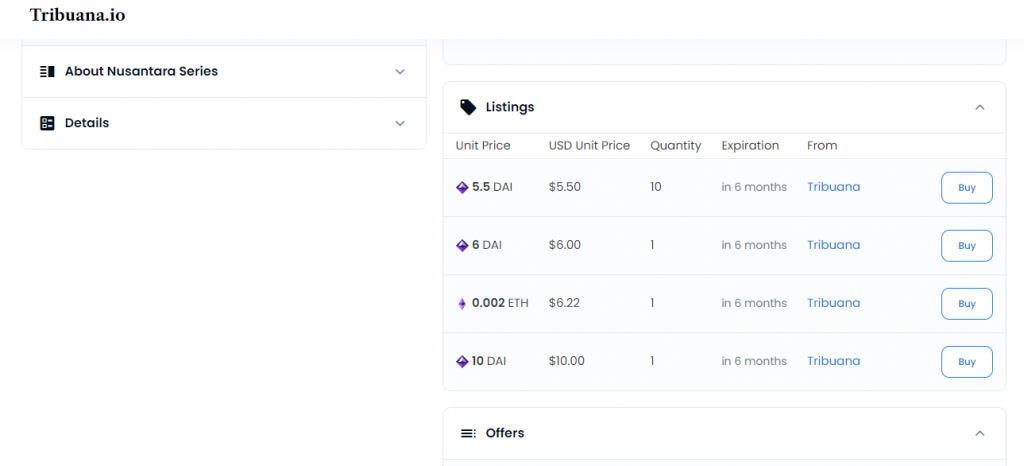
This platform uses NFT as a back end that runs on smart contracts that are self-executing contracts with the terms of the agreement between buyer and seller being directly written into lines of code. The code and the agreements contained therein exist across a distributed, decentralized blockchain network.

Just like any other NFT selling platform, the artist and collector will be charged a registration fee and the platform owner will receive a certain percentage of the sale. This platform also encourages artists and broaden the possibilities of their financial gain and their presence in the art scene.
Instead of simply buying a t-shirt or a keychain of the art, you could buy a title ownership of the art for a few dollars.
– Dr Helmi Azhar
The future
It looks like NFT is here to stay as more influential people are participating and spending a significant amount of money in the ecosystem. The whole concept is very similar to collecting baseball cards back in the day or even now where collectors are paying top dollar for a mint condition Babe Ruth baseball card. The same goes for these NFTs, which create the concept of scarcity. There can only be one NFT of a digital item after its minted. Irreplaceable, non-fungible.



